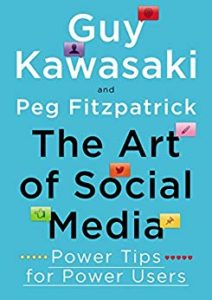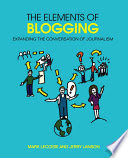Business Blogging – Don’t Forget What It Means

“To me, when people talk about the fact that employees are not engaged, that means they’re missing what’s in it for them…how their lives are better because they are employed by the company,” observes Dana Polyak in a recent issue of Employee Benefit News.
Back to Radio Station WIIFM, that old sales training rule that all employers – and all of us writers of marketing blogs had better remember: employees want to know What’s In It for Me; buyers care about benefits, not features.
A number of years ago, in a brochure marketing professional Al Trestrail shared with me, he taught that after each feature of the products and services your business or practice offers, you need to add the words “which means that…” What I took out of that discussion with Trestrail was that there are millions of blog posts out there making claims of one sort or another. But what do those claims mean to the customers and clients reading the blog???
When people switch jobs, Polyak comments, they are ultimately seeking something more. “More” might mean better compensation, better benefits, better hours, shorter commutes, or more praise and recognition. At Say it For You content writing training sessions, I remind attendees that there has to be a “reason why” readers would follow the Calls to Action in a blog: Does your company or practice do things faster? Operate at a lower cost? Make fewer errors? Offer greater comfort? Provide a more engaging experience? In other words, What’s In It For Them?
In the current job market, Dana Polyak concedes, “there are a lot more jobs available than there are people available to fill those jobs.” In marketing, with both our existing customers and clients and the new ones we’re seeking to win over, it’s the same way. “If you want to start beating your competitors, you will need to have a very good strategy in place, Smarta.com advises. But being cheaper may not be enough. What might well be enough is demonstrating that your product is:
- of better quality
- rarer
- easier to use
- safer
- more efficient
- more compact
- more retro
- more water-resistant
- more beautiful
- greener
- fresher
As blog content writers, we need to understand the features of the products and services we promote, but we must never forget to explain What’s In It For Them!





Follow us online!